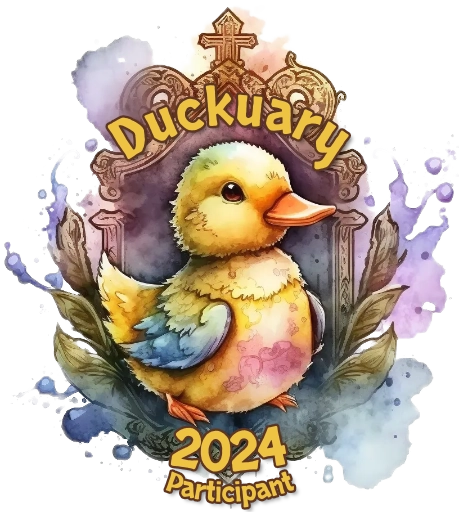DUCK
Dirism-Ugust-Cogsmith model K
DUCK is an abrevation for:
Dirism-Ugust-Cogsmith model K.
Dirism-Ugust-Cogsmith is a small company started by two friends, to build vehicles together. The bigger Areal Steam Carriage company. Didn't like them and therefore they have problems with the Engine building Guild. Resulting in getting Alfred Cogsmith onboard to build engines for them.
General
The DUCK is a medium-sized cargo airship that could easily be modified to carry passengers as well. What makes the DUCK special is its ability to float on water and discharge or load cargo at the same time. Almost all other airships do not have a watertight hull. Or have openings too low in the hull that prevent operating in the water.
To facilitate that, the DUCK has two doors on the upper deck on each side, forward of the wings. And a ramp on the stern that can be lowered.
Another special ability of the DUCK is its ability to rapidly and vertically takeoff, climb and descent while staying in control of the airship. Most other airships need a minimum speed forward just after taking off to keep the airship going where they want it to go.
Lay out
The hull of the DUCK extends almost over the entire length of the balloon. Unlike many other airships, the hull doesn't hang on cables below the balloon, but is built directly attached to the hull. The hull is split into two decks, the upper deck having all the exit and entry openings.
The lower hull houses the coal bunkers, trim tanks and Steam boiler room, and about half of the hull mid ships is kept clear for cargo.
The upper hull has the control cabin in the forward, directly followed by a cramped crew quarters. Besides small spaces for mooring and access, most of the deck is reserved for cargo.
Propulsion
To facilitate the water operations and easy cargo loading and unloading, the wings are not built onto the hull, but actually are built out of the balloon. Two pairs of wings are placed, one forward, one aft. The wings are constructed in such a way that they can turn almost vertically to be able to control the DUCK during the vertical manoeuvres. Each wing has its own individual small engine. So they can be controlled independently.
The DUCK doesn't have a traditional air rudder. Controlling the direction of the airship is done by the wings. To facilitate landing in tight spaces, the wings can be swung up vertically. But this is rarely done, or only done at the very last moment. As the DUCK cannot be steered when the wings are swung upwards.
Design problems
The prototype of the DUCK turned out to be too heavy to be able to take off with a full load of cargo. After that, the engineers put in lighter but more expensive boilers. And changed the hull from steel to wood. With the upper part of the hull not having a solid material at all, but just canvas stretched over the frames, which then is painted to make it water resistant.
The second prototype crashed killing the test crew, after it colided with an Atavus during its eight flight and a storm pushed the Atavus off course. (Although the Areal Steam Carriage company claims it was the DUCK that got out of control.
The Dirism-Ugust-Cogsmith is proud to say that from the production models, none have been in an accident.
Uses
The DUCK's are mostly used by small transport companies on the edges of the Glorious Kingdom of Eglen as the Areal Steam Carriage company holds a strong monopoly on the market.
Here the DUCKS excel in moving cargo to remote and hard to reach places. Although the unusual steering system has it's flaws too, in bad weather the DUCK is very difficult to control, and is beter off staying moored/landed and waiting for the bad weather to pass.
First flight: 2691
First sell: 2695
Hull:20 paces
Maximum beam at wing tips: 64 paces.
Hull: 90 paces




Comments